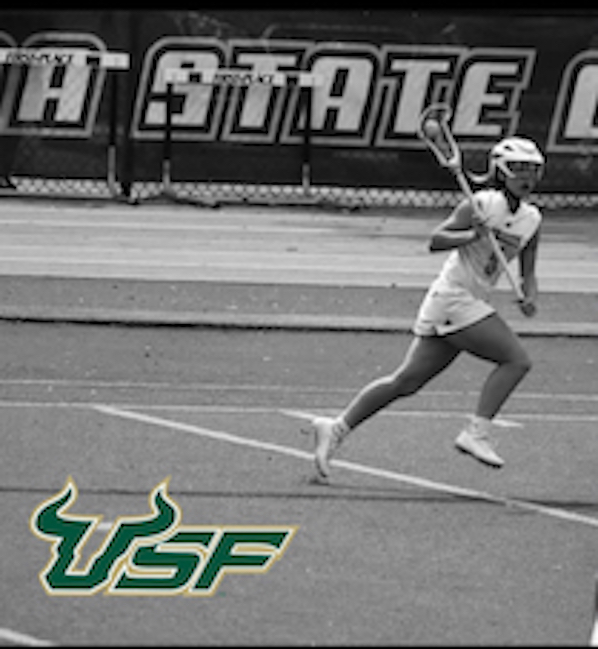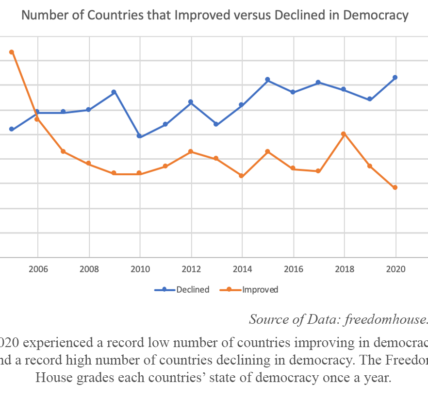By Aspen McAdoo
High School athletes seem to become more competitive as the years continue and the recruiting process is becoming more and more complex. Athletes attempt to showcase themselves to college coaches in order to draw attention from them and get recruited. Along with showcasing themselves many athletes will play on a club team that only has a break during high school season in order to make themselves known. Then the coaches reach out to the athletes and try to persuade them to come to their respective schools. This is a very long and drawn-out process that starts when most athletes enter their freshman year of high school. But the process does vary based on the person and the sport they play.
Along with showcases and club teams, some athletes will hire “recruiting professionals” or goal specific coaches to help improve their chances at playing in college. Athletes will also send out videos to coaches, go to camps, and reach out to coaches to get attention from colleges. Coaches will call athletes, host them on visits, and even go to their houses in order for them to go to their school. Not only do athletes put in work on the field, but they also have to put in work off the field. When athletes make their decisions, they take on a ton of factors such as proximity to home, majors, money, playing time, and many more factors. But when a coach is looking at a player their grades have mixed results. On one end, the better an athlete’s grades are the more opportunities for scholarships and more ways for that athlete to go to a college. But if an athlete’s grades are poor, and the coach really wants the athlete they will do anything in their power to get them through the admissions process. There are many factors both athletes and coaches have to take into account when making their decisions.
There are many different restrictions and rules that go into the recruiting process and make it a bit more difficult for athletes and coaches. The rules differ based on each sport but generally a coach can’t reach out until either Jun. 15 after an athlete’s sophomore year or Sep. 1 during an athlete’s junior year. During the process there are different periods such as the contact, evaluation, quiet, and dead period. These periods range from coaches being able to do whatever they want, to only face-to-face contact with an athlete, or only digital communication. The smaller the school or division the more loose the rules become and the less restrictions there are. There are many restrictions on what coaches are allowed to do for players and this leads to complication during the recruiting process.
During the recruiting process, athletes put in tons of work to be noticed by colleges and reach out to tons of coaches to let them know their interests. Lily Mosser, a senior at Ponte Vedra High School (PVHS), who is committed to play lacrosse at the University of South Florida (USF) said, “I spent most of my summers up north in Maryland and New Jersey at showcases, tournaments, and college camps. I sent out about 200 emails to colleges expressing my interest in their programs.” Not only do athletes have to put in the work on the field it also requires a lot of work off the field as well. Dominic Masto, a senior at PVHS who is committed to play baseball at Florida State College at Jacksonville said, “It takes a lot of work from playing in showcases to summer ball and camps. But there is a lot of work off the field from talking to coaches and reaching out to them.” No matter the sport there is a ton or work that needs to be done both on and off the field.
Throughout the process, at some point colleges will reach out and coaches do it in a variety of ways. They can email, text, call, or even come up to you in person. Mosser stated, “The first school that reached out to me was USF, they sent me a text early in the morning on the first day they could reach out. Many schools reached out as soon as they were allowed to, and I set up calls with them in the coming days.” Many schools try to be the first to reach out to athletes to show that they care about them. Abby Wooten, a junior at PVHS who is committed to play soccer at Samford university said, “Many schools reached out to me by emails and text and wanted to set up calls to be able to talk about the next step in the process. Also, when I was on some college campuses coaches would come up to me and talk to me about recruiting.” Not only do coaches reach out online they also use talking in person as an advantage.
“I spent most of my summers up north in Maryland and New Jersey at showcases, tournaments, and college camps. I sent out about 200 emails to colleges expressing my interest in their programs.”
Lily mosser (12)
When athletes make their decisions, they take in tons of factors and plan out what their future will look like. Mosser stated, “What made my decision on committing to USF easy was the coaches are amazing, the care for the athlete, the campus, staying in Florida, and what they are doing for women’s lacrosse.” A lot of things that people don’t think of might impact an athlete’s decision on where they go. Masto also said, “After talking with my coaches, players I know at FSCJ, and my family I was able to narrow down my decision. But the biggest separator that made me commit to FSCJ was it truly felt like the coaches wanted me to play there.” Most athletes want their college to feel like their home and want to be a part of a family. Wooten stated, “The Samford Coaches and staff really made it feel like home and showed that they cared about me. They also have a strong Christianity religious association which played a major part in my decision.” There are many things such as cultural ties that can sway an athlete’s decision on where they go to college.
The process that an athlete goes through to commit is vigorous and hard work. But it ultimately leads to an athlete living out their childhood dream. The athlete puts in tons of work and has to take in tons of information about each school. This whole process leads to an athlete making one of the toughest decisions of their young life. From working out every night to emailing hundreds of schools and traveling thousands of miles. Then leading to multiple talks with lots of colleges and coaches. All of this comes down to where the athlete will spend the next three to four years of their life.
Pictured: Lily Mosser’s Commitment to USF graphic




